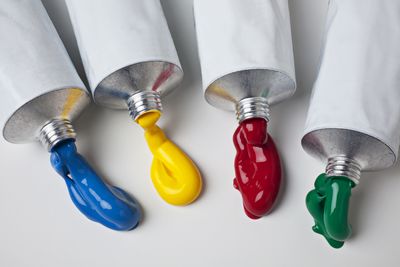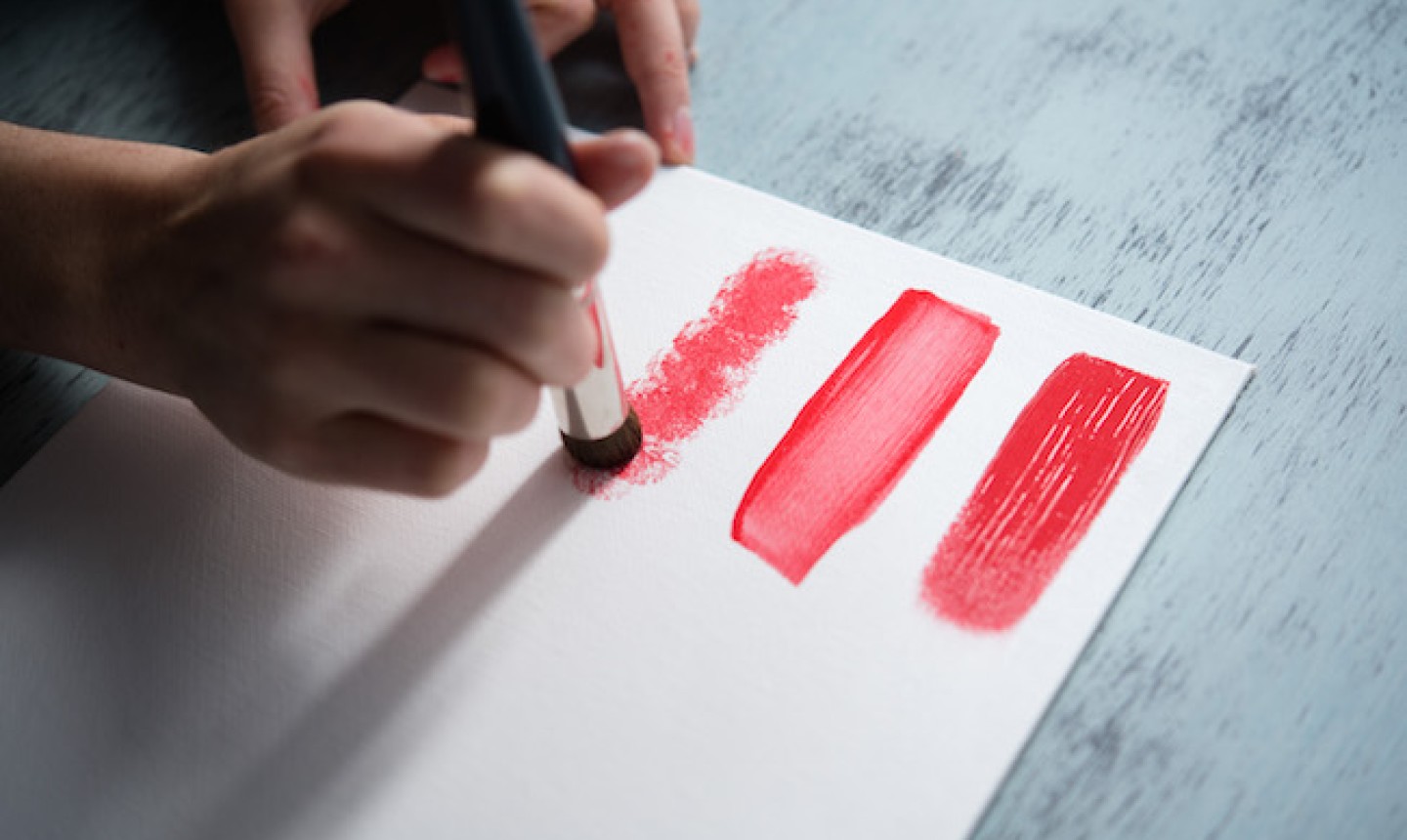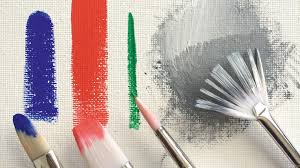Acrylic is considered a versatile painting medium and can be applied using different tools besides brushes. It’s also cheaper and less messy than oil as well because it dries quickly and is odorless.
History of Acrylic Painting
Unlike watercolor and oil, acrylic is a more recent medium manufactured in the 1940s. Most of the acrylic paint then were polymer-based and were used as house paint. Artists noticed its versatility as a medium and it gained popularity when the quick-drying type was introduced.

Most artists today consider that acrylic is still in its infancy stage because manufacturers continuously develop acrylic with different pigments and artists still experiment on the medium.
Acrylic can mimic the effects of other medium and it can also be mixed with other types of artwork. Some of the most famous acrylic paintings were made by Andy Warhol, Mark Rothko, and Bridget Riley.
Materials for Acrylic Painting
There are so many choices in art shops in Singapore when it comes to art supplies that you feel like you’re missing out on something if you don’t try all the products. But don’t worry, you will need only a few basic items when you’re a beginner. When you have mastered the basic techniques in acrylic, then you can try the expensive brands next time.
You will need the following for acrylic painting:

• Ten basic colors (ivory black, titanium white, burnt sienna, cadmium yellow, dioxazine purple, cadmium orange, phthalo blue, cadmium red, phthalo green, and alizarin crimson)
• Stiff-bristled brushes for the acrylic paint and soft-bristled brushes for watercolor effects (don’t forget to get a medium filbert)
• Supports for acrylic (such as paper and canvas)
• Disposable or plastic palettes
• Two jars with clean water (one for mixing and one for washing brushes)
• Cloth and paper towels
When selecting the paint, start with student-grade paints that come in bottles for easier handling and storage, but you could also try paints in tubes if you’re more confident in using them.

Basic Techniques for Beginners
You must learn the following techniques in application before painting your first subject.
• Washing. Apply paint diluted with water on a paper using a wet brush to create a watercolor effect.
• Dry Brush. Apply undiluted paint on a paper using a dry brush to suggest movement and texture.
• Stippling. This is the use of dots to create an image. You can apply paint either through dry brush or washing.
• Dabbing. Apply paint on the paper or canvas using paper towel or a sponge.
• Flicking. Flick paint onto a surface using a slightly wet brush to create a splatter.
• Detailing. Add details using a fine brush.
• Use of a Palette Knife. Scrape off a bit of paint and apply in on the canvas as if you’re spreading jam on a bread.
When you’re ready to paint a subject, start by sketching the image first then painting over it. When mixing colors, you can use the palette knife or mix the colors on the palette before painting on the canvas.